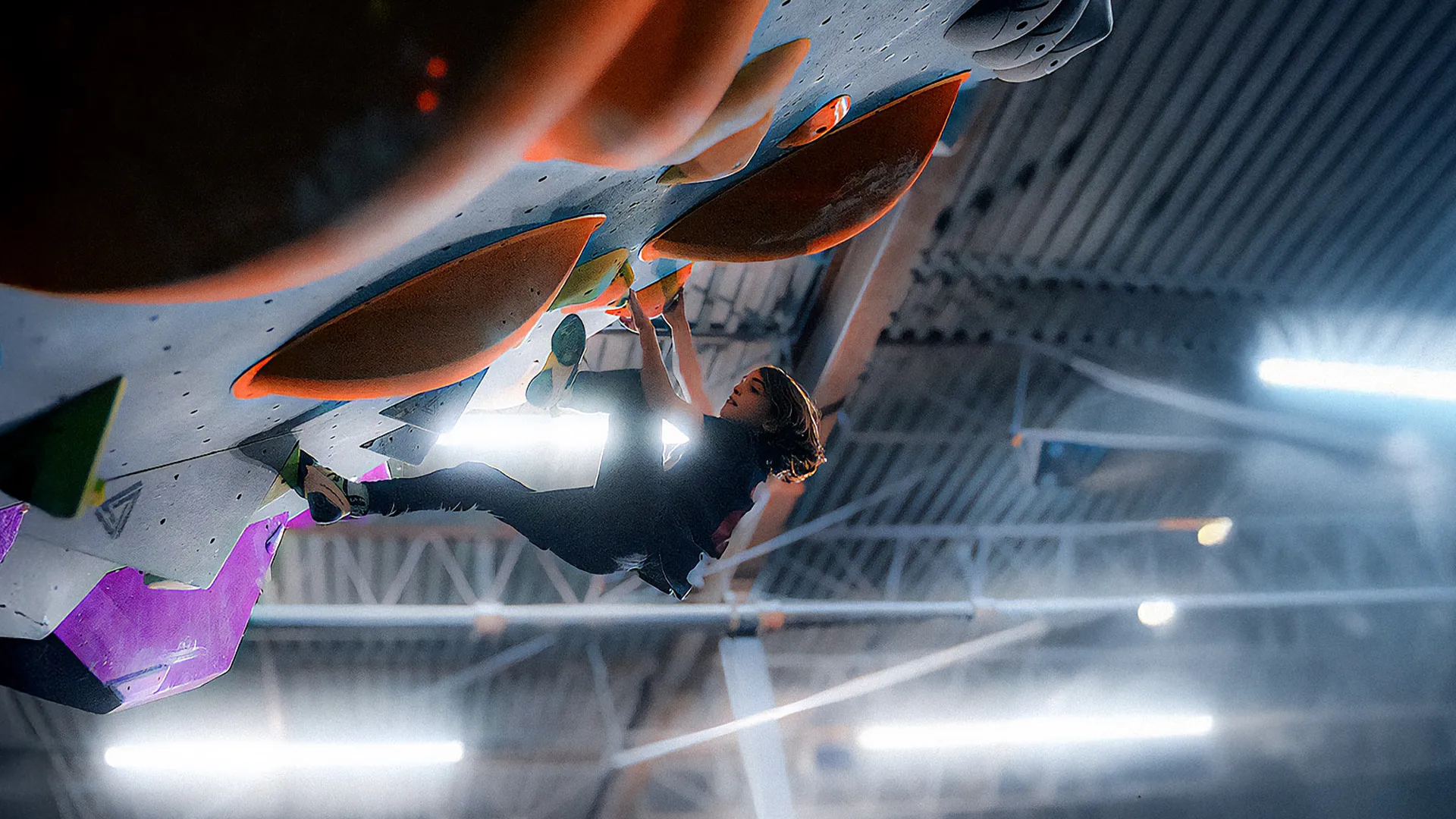So, you’re thinking about introducing your offspring to the vertical world and teaching them to enjoy failing on hard problems? Just kidding — but only a little. We often hear that kids are “born to climb,” with a natural urge to pull themselves up on anything in sight. But doing so in a climbing context is a bit different.
First, let’s agree on a few things:
- It’s totally possible that you or your partner love climbing. And equally possible that your little chick/cat/hedgehog is not into it at all;
- Like broccoli, it’s an acquired taste — one failed attempt doesn’t mean total defeat;
- If you’re taking your kid to the climbing gym, it should be primarily for them. Unless there’s another adult to supervise, lower your expectations for how much you will get to climb;
- Avoid comparisons. Sure, Adam Ondra started climbing at 3 and was a prodigy. That’s great. But your kid might become great at climbing at 12 — or even later. What matters most is simply passing on a love for the sport.
Because climbing can be a fantastic activity for young ones: problem-solving, coordination, balance, strength, and emotional regulation (frankly, adults could benefit too). The rewards are many. And doing it with your child gives you a chance to enjoy time together, share your passion for crimps or dynos…
So, when should you start?
I brought my son climbing when he was 3. After trying two boulders, he much preferred brushing holds and stuffing his hands in chalk rather than figuring out the V7 I was showing him… But he had fun. At first, you might get 30 minutes of focused interest. Around age 4 or 5, kids tend to respond better to the challenges of climbing.
A few tips to get started:
Start indoors: It’s clearly easier to begin in a gym — a bouldering space or rope gym is ideal. It’s a controlled environment where “risk” is easier to manage, and you’ll find problems and routes suited to your child’s abilities. At Bloc Shop, for example, there’s a kid circuit — perfect for beginners.
Keep it playful: The goal shouldn’t be “sending.” Focus on movement, exploration, and fun. You can hide “treasures” or stuffed animals on or near holds. You might end up enjoying it too!
Let your child set the pace: Some kids take to it quickly, others need more time. Let them explore at their rhythm, cheer them on — but don’t push! And always encourage!
For older kids: Encourage them to think through problems, discuss movement options, and don’t forget — they watch you climb. Your behavior shapes how they perceive the sport.
And outdoors?
Of course, climbing outside is a very different experience than the plastic medium. Nature brings new challenges, unique rock textures, and opportunities to play with sticks, rocks, and dirt. But the logistics get trickier — weather, snacks (x1000!), gear, etc. It’s probably easier if your kid is already comfortable climbing indoors. A good approach is to find other families who want to climb together. Don’t hesitate to ask veteran climbing parents for tips — they’ve been through it and often have great advice. In some cases, guidebooks will specify whether a crag or bouldering area is kid-friendly.
In any case, introducing your little one to climbing could turn into a shared passion — and if not, you can always go get grilled cheese afterward and accept they might fall in love with something else entirely.


